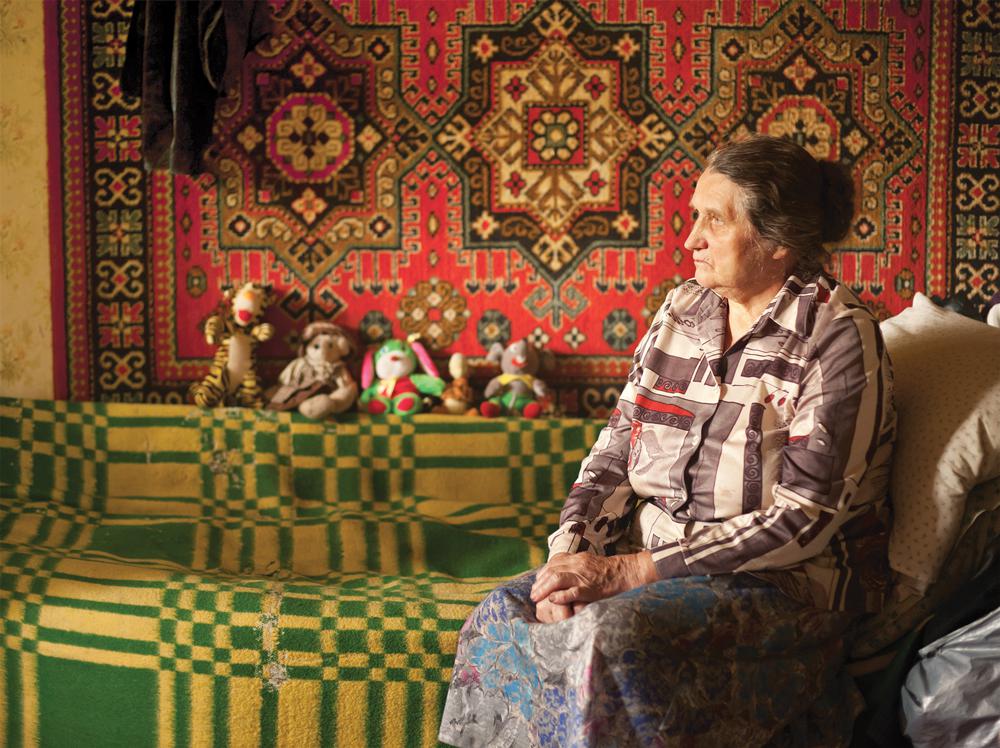Adad Hannah has been mining the possibilities of his unique brand of still videography for more than a decade, and in those years has stretched the limits of his cross-mediatic experiment every which way. Via the artificial stillness of his filmed protagonists’ actions, he has commented on the eeriness of mundane acts seemingly “paused”; he has explored the history of art by contrasting human forms with artistic ones; he has even celebrated the emotional height of the milliseconds before the flourishing of romance.
With his exhibition “The Russians” at Pierre-François Ouellette art contemporain (PFOAC) this past fall, Hannah broke newer ground still: he entered the sphere of documentary. While in Russia during the summer of 2010, the artist filmed and photographed people he encountered by chance. Some approached him; others, he approached. Either alone or grouped, the subjects in the video component of “The Russians” stand in staged poses, mimicking the everyday activities Hannah interrupted—washing their hands at home, resting on a bench, eating ice cream—for the duration of the videos, about seven minutes on average. This is Hannah’s modus operandi, as we know, but the relative spontaneity of these works, their in-situ nature and Hannah’s lack of ability to fully explain his process to his subjects in Russian all add an extra dimension of impromptu to this series. In their ordinary, naturally lit settings, Hannah’s Russian subjects do their best to remain immobile, but here and there eyes shift, hips switch and hands twitch, pointing more than ever to the fallacy of the format.
“The Russians” was a conscious homage to the early-20th-century work of the Russian documentary photographer Sergeii Prokudin-Gorskii, whose portraits featured turn-of-the-century Russians in the midst of tasks (shredding flax, for example), often dressed in iconic garb that suggested the individual stood in for the people. Hannah’s series, created a century later, suggests a similar photographic state-of-the-nation by its title alone, not to mention the style of the large photo works installed in PFOAC’s small back room. The difference is that Hannah’s subjects are not iconic in the way that Prokudin-Gorskii would have defined the word. They are everyday people, happened upon, often dishevelled and unrehearsed. As such, they are indeed icons, but icons of the type that reality TV might shell out—symbolic of a time and place in their very ordinariness, which, if isolated and immortalized by an outside observer who happens to be an artist, speak louder than words.
This is a review from the Spring 2012 issue of Canadian Art. To read more from this issue, please visit its table of contents.









